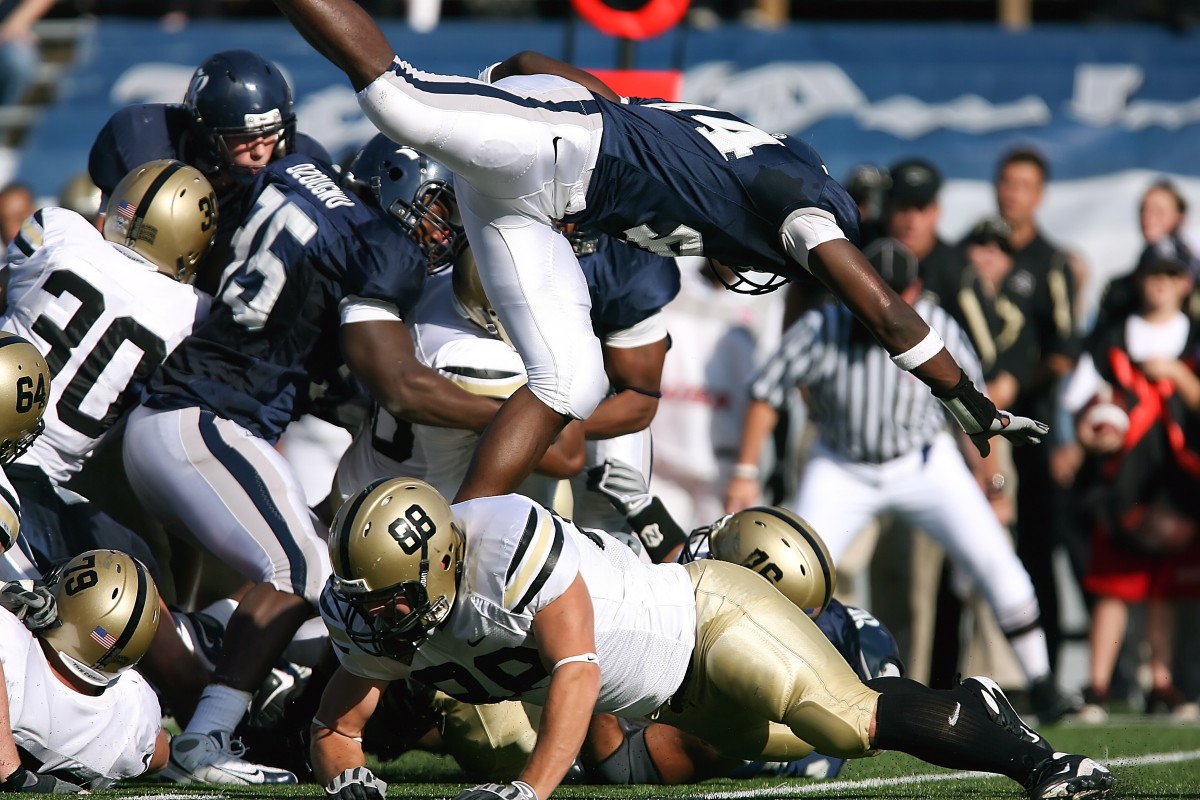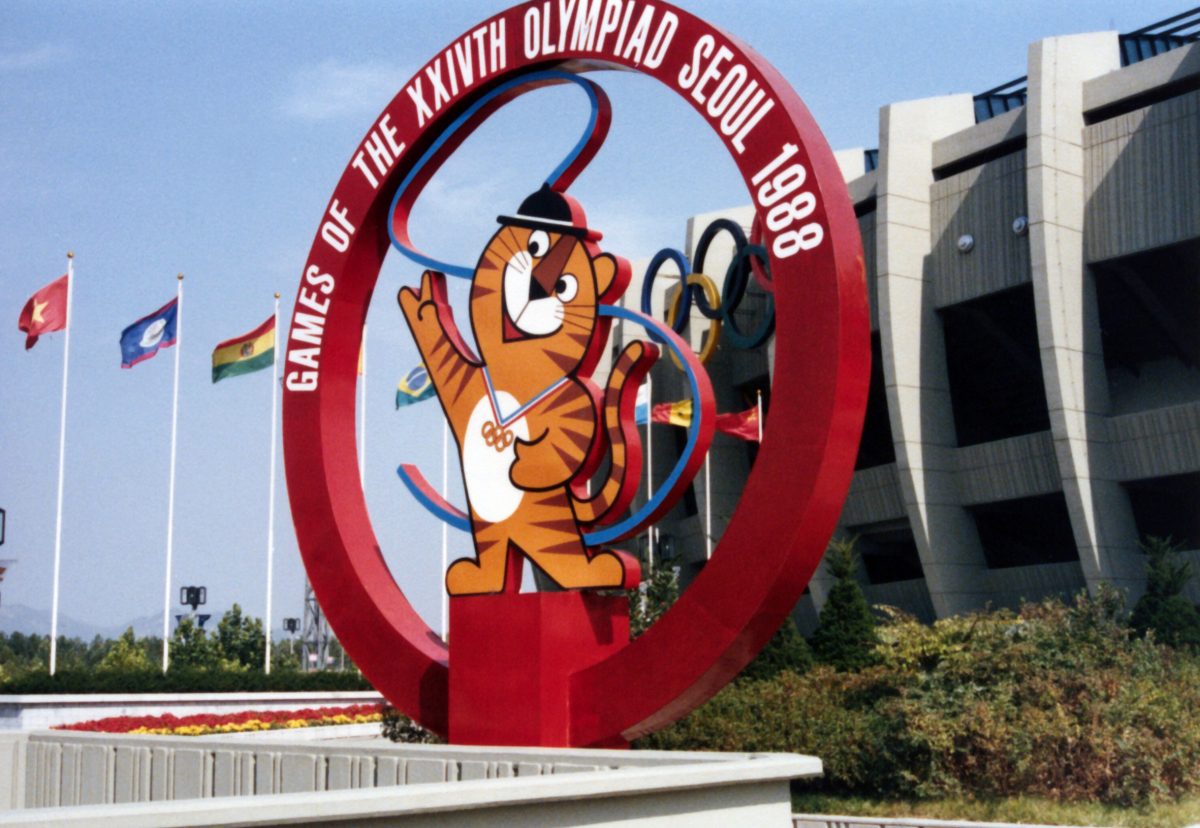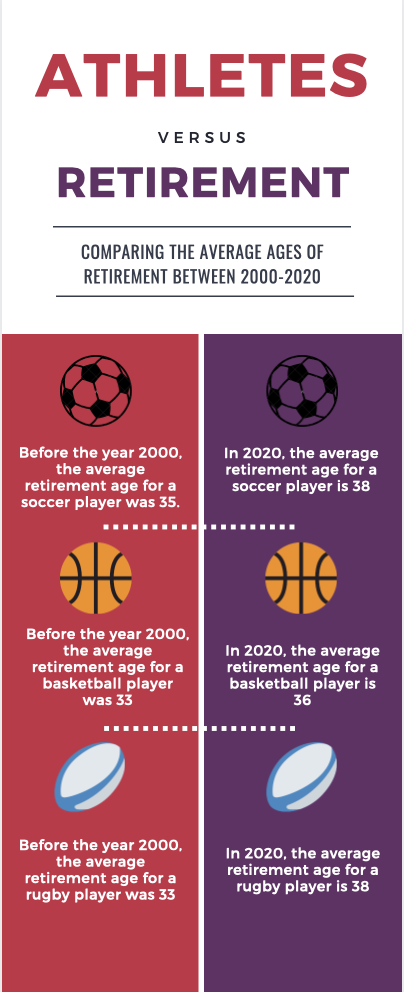
https://pxhere.com/en/photo/1483289
If an athlete tore or strained his ACL in the 1990’s, it could be the end of their career. Now, in 2020, due to advancements in sports medicine, that same injury can be fixed with surgery and a few months of rehabilitation
Terrell Davis was drafted into the NFL in 1996. He was a star for the Denver Broncos and helped lead them to back-to-back Super Bowl championships in 1997 and 1998. But in 1999 he tore his ACL, leading to surgery on both knees. His play was never the same and he was forced to retire in 2002.
Rob Gronkowski tore his ACL in 2014. One year later, he helped the New England Patriots win the Super Bowl. Fifteen years later, an injury that was career-ending for Terrell Davis is a small setback for Rob Gronkowski.
Agata Wojcik was a sports therapist for Poland during the 1988 Olympic Games. She says that the difference in sports medicine now compared to 30 years ago is dramatic.

https://en.wikipedia.org/wiki/Hodori#/media/File:XX1088_-Seoul_Paralympic_Games_Seoul_City_Shots–4_of_12-_Scan.jpg
“If someone had told me back in 1988 that in 30 years we would have athletes in the Olympics that were 30 [or] 40 years of age, I would’ve called you crazy. I always believed that the younger the athlete the better he or she would be for competitions. Now I see soccer players playing past the age of 35, when back in my time that would have been the age they retired,” she says.
Wojcik is right. Have you ever noticed that some of the top athletes in the world are not necessarily the youngest athletes? Cristiano Ronaldo, 34, and Lionel Messi, 32, are considered to be the best footballers to ever play soccer and they only reached the peak of their careers once they hit 30 years old.
Zlatan Ibrahimovic is 38 years old and is still playing professional soccer and is considered one of the best players in the world. Gianluigi Buffon is 41 years old and continues to play goal for the Italian Serie A team, Juventus.

Wojcik says that one of the biggest breakthroughs in sports medicine is tissue regeneration.
“The platelets in the human body have regenerative abilities, so to treat injuries, platelets will be taken from the patient’s [athlete’s] blood and injected into the damaged tissue. Now the damaged tissue will start to regenerate and heal quicker,” she says.
Advancements in rehabilitation after a medical procedure have also played an important role in career longevity.
“After all medical procedures there’s always a down time where most people choose to rest to allow for their bodies to heal. But athletes can’t do that, they need to stay in shape because that’s part of their job and they are also impatient and want to be ready to play again as soon as they can. So they’re directed towards doing hydrotherapy which is basically using exercising in water to soothe the pain and in some cases even help with the overall recovery,” says Wojcik.
When asked what she hoped sports medicine will achieve in the next 20 years, Wojcik says that she anticipates that there will be even bigger breakthroughs in stem cell therapy and DNA research.
“I probably won’t be around to witness it but I hope that in the future, sports medicine can involve DNA research and maybe even manipulate it. I would love to see a woman of my age participate in the Olympics,” Wojcik joked.

